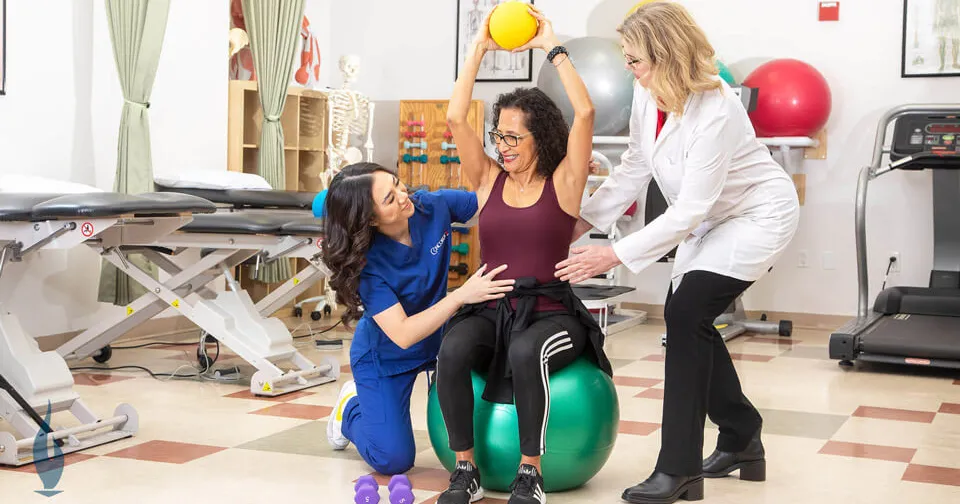Assessing the Interplay of Articular Flexibility and Stability in Client Outcomes
Articular mobility and stability are crucial factors that influence patient results in rehabilitation and rehabilitation. Joint mobility refers to the range of motion permitted at a joint, while steadiness involves the ability to maintain control of that joint during movement. When clients have optimal joint mobility, they can move their limbs freely, which is essential for performing daily activities. On the contrary hand, steadiness helps prevent harm by allowing the system to preserve proper alignment and balance during these movements. Grasping how these two factors interact can lead to improved treatment plans and enhanced recovery for clients.In many cases, patients with joint discomfort or traumas frequently experience a decrease in movement. For example, conditions like osteoarthritis can restrict how far a joint can shift, making it difficult for individuals to execute activities such as ambulating or climbing stairs. Physical therapists often focus on exercises that enhance range of motion through flexibility work and fortification. These activities can help restore the range of movement, making it easier for patients to participate in their daily tasks. However, increasing mobility without accounting for steadiness can result to additional injuries, highlighting the need for a holistic approach.

Control is equally important in therapy. When a joint is deficient in steadiness, it becomes more vulnerable to injuries during activity. For example, an wobbly knee joint can result to strains or tears while running or leaping. To enhance stability, therapists may integrate activities that fortify the muscle groups around the joint. These exercises help reinforce the joint and avert excessive motion that could result to harm. By focusing on both range of motion website link and stability, rehabilitation specialists can provide a holistic treatment plan that meets the specific needs of each client.
The interaction between joint movement and stability is especially evident in sports medicine. Athletes frequently require a high level of both flexibility and stability to execute at their best. For example, a gymnast needs to have flexible articulations to achieve intricate actions while also maintaining control to prevent falls. In sports training, coaches and trainers stress the significance of developing both elements to improve performance and minimize the risk of injuries. This method ensures that athletes can perform effectively while maintaining their joints protected during strenuous exercises.
Ultimately, comprehending the relationship between joint mobility and stability can lead to better results for clients in various settings, from therapy facilities to sports training centers. By promoting both elements, healthcare professionals can help clients regain their power and confidence. This integrated approach not only helps in rehabilitation but also equips individuals with the tools they need to avert straight from the source future harm. As research continues to advance in this field, the importance of combining mobility and stability in care plans will remain a key priority for enhancing patient care and overall health.